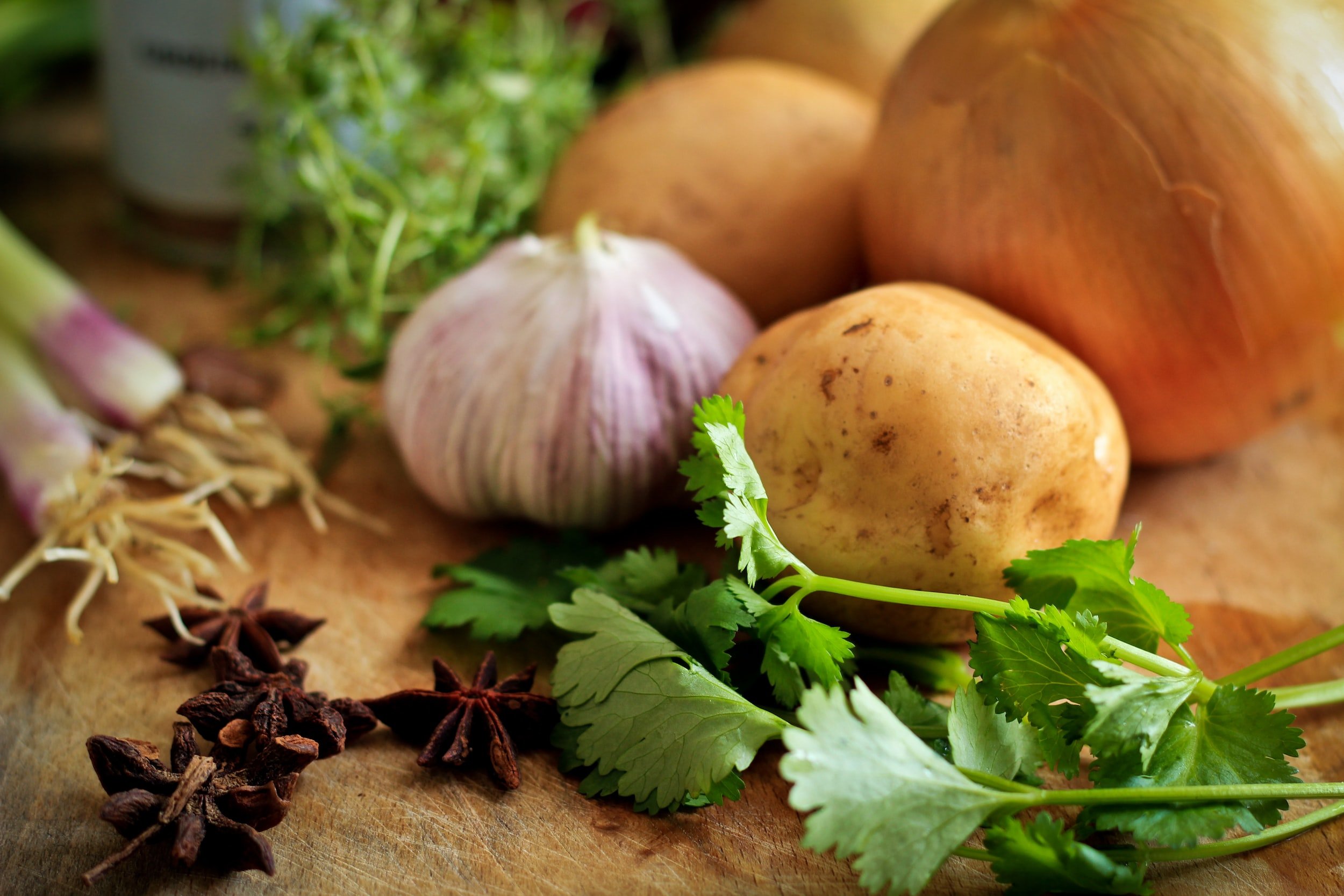



A chef’s knife is one of the most useful tools for a cook. A chef’s knife is a workhorse knife that can be used every day and for a variety of tasks. If you are shopping for a chef’s knife, it is helpful to understand the different parts of the knife and the difference between the two most prevalent styles of knife: German and Japanese.

The first evidence of vinegar traces back to around 5,000 B.C.E. in ancient Babylon, where it was used as a condiment and a preservative for food and water. Acting as a source for acidity and sourness, it retains flavor compounds from the ingredients it was made from, which impact aroma and taste.

Have you ever wondered what the difference is between the varieties of rice? In this video, we go through the different types of rice, how there starch content causes them to behave differently, and the best practices for cooking rice.

In this video, we cover the history of pasta, the difference between dried pasta and fresh pasta, and an explanation of how durum wheat flour, semolina, bread flour, and double zero flour are used in making pasta.

In this video, we'll cover the differences between freshly ground spices vs. pre-ground. Does it really make a difference?

Have you ever wondered if there's a big difference between dried basil and fresh basil? Let's talk about the different types of basil, how to cook with it, and how to properly store it.

Have you ever wanted to have a chef's understanding of onions and know the differences between each type of onion? Let's dive into the chemistry of onions and how to use the various types of onions in cooking. Bonus! Learn how to keep your eyes from watering while cutting onions.